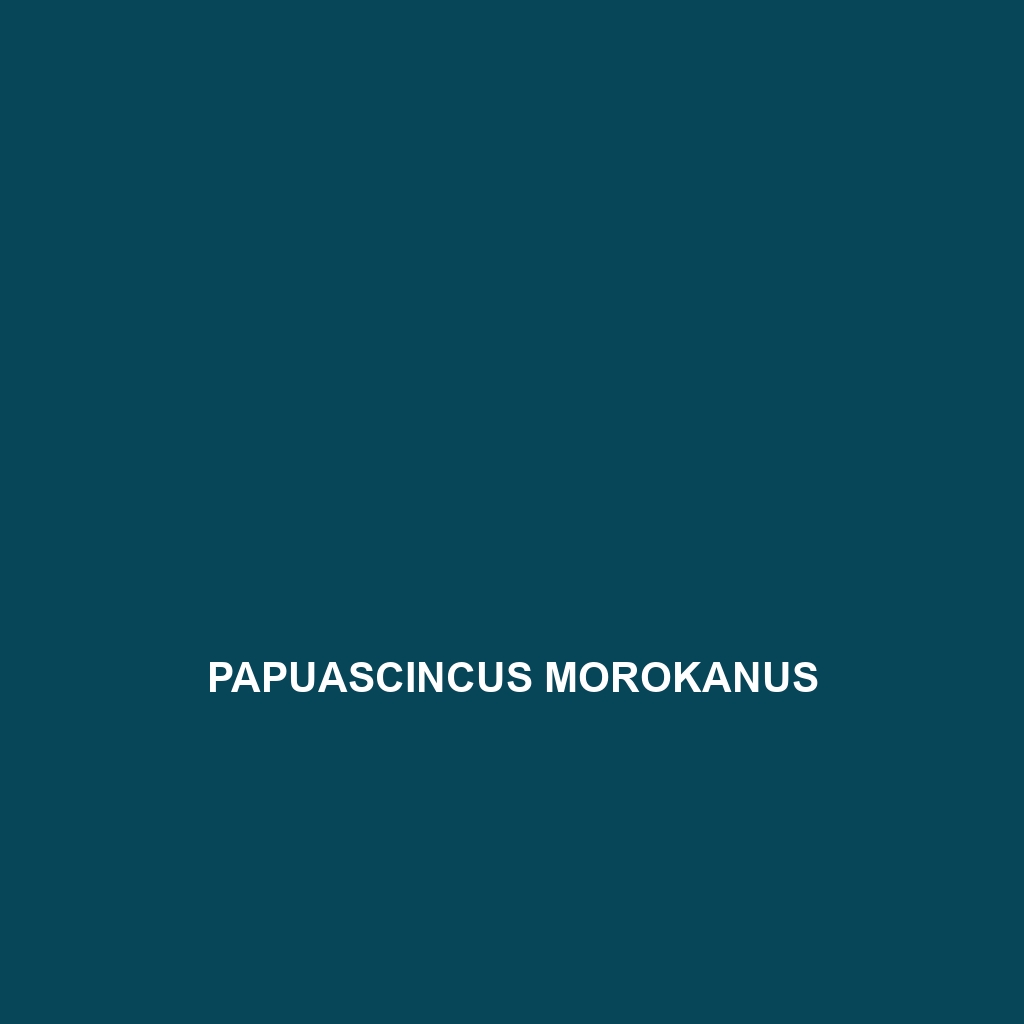<p><b>Papuascincus morokanus</b>, a modest-sized skink native to the tropical rainforests of New Guinea, features smooth, shiny scales for excellent camouflage and primarily feeds on insects. This diurnal species exhibits solitary behavior and plays a crucial role in regulating insect populations within its rich biodiversity habitat.</p>
Tag: tail shedding defense mechanism
Mochlus mocquardi
Discover the Mocquard's skink (<i>Mochlus mocquardi</i>), a diurnal insectivore thriving in the rainforests and savannas of West Africa, featuring an elongated body covered in smooth, shiny scales that range from deep brown to black. This vibrant skink plays a crucial role in its ecosystem by controlling insect populations while serving as prey for larger predators, all while exhibiting remarkable camouflage and tail-shedding abilities for escape.
Mesoscincus managuae
<p><b>Mesoscincus managuae</b>, commonly found in the humid rainforests of Nicaragua, is a diurnal, insectivorous skink reaching lengths of 15 to 20 cm. With its distinct coloration and agile movements, this species plays a vital role in controlling insect populations and serves as an indicator of healthy ecosystems.</p>
Gerrhosaurus auritus
Discover the Gerrhosaurus auritus, commonly known as the common serrated tortoise or earless skink, a resilient omnivore native to southern Africa's diverse habitats. This species features an elongated body with smooth, glossy scales, reaching up to 40 cm in length, and plays a vital ecological role by helping regulate insect populations and promoting plant growth through foraging.
Emoia veracunda
<p><b>Emoia veracunda</b>, also known as the Pacific emoia, is a slender, agile reptile found in tropical rainforests and coastal environments across the South Pacific, showcasing vibrant coloration and distinctive dark-banded markings. Primarily insectivorous, this species plays a crucial role in controlling insect populations and maintaining ecological balance.</p>
Emoia callisticta
Discover the Emoia callisticta, a slender lizard found across the Pacific Islands, known for its vibrant green or brown body with distinctive stripes, habitat versatility in tropical rainforests and coastal areas, and fascinating behaviors that include diurnal basking and nocturnal foraging. This insectivorous species plays a vital role in its ecosystem by controlling insect populations and contributing to plant health through seed dispersal.





